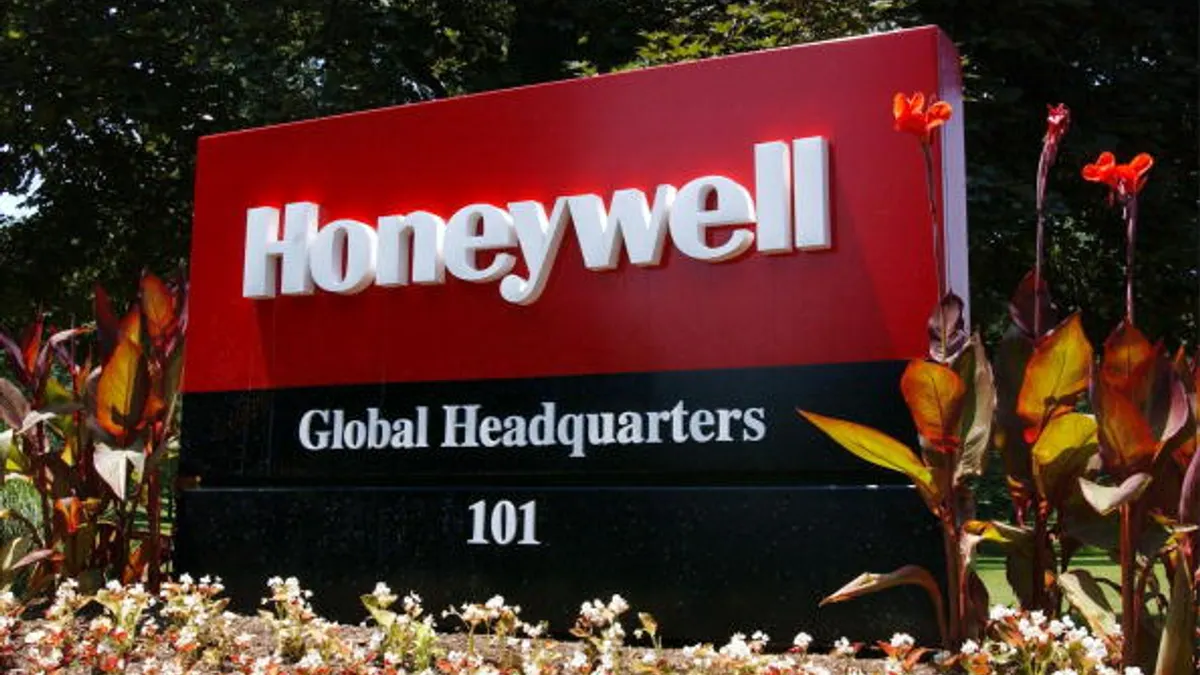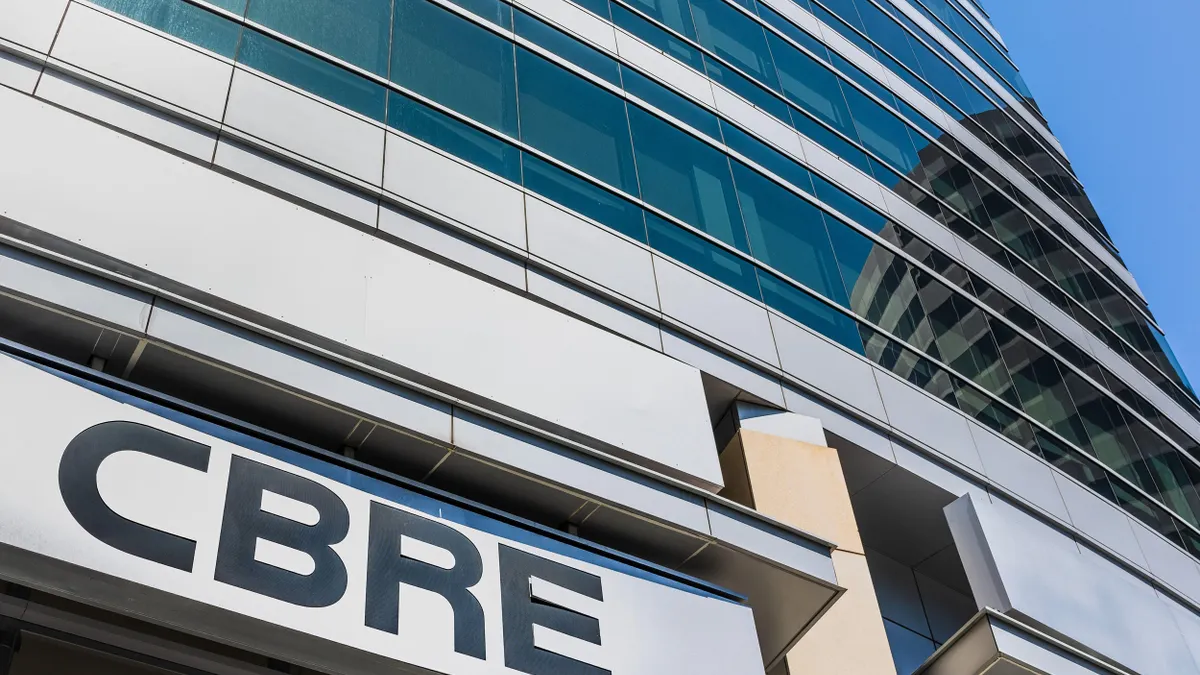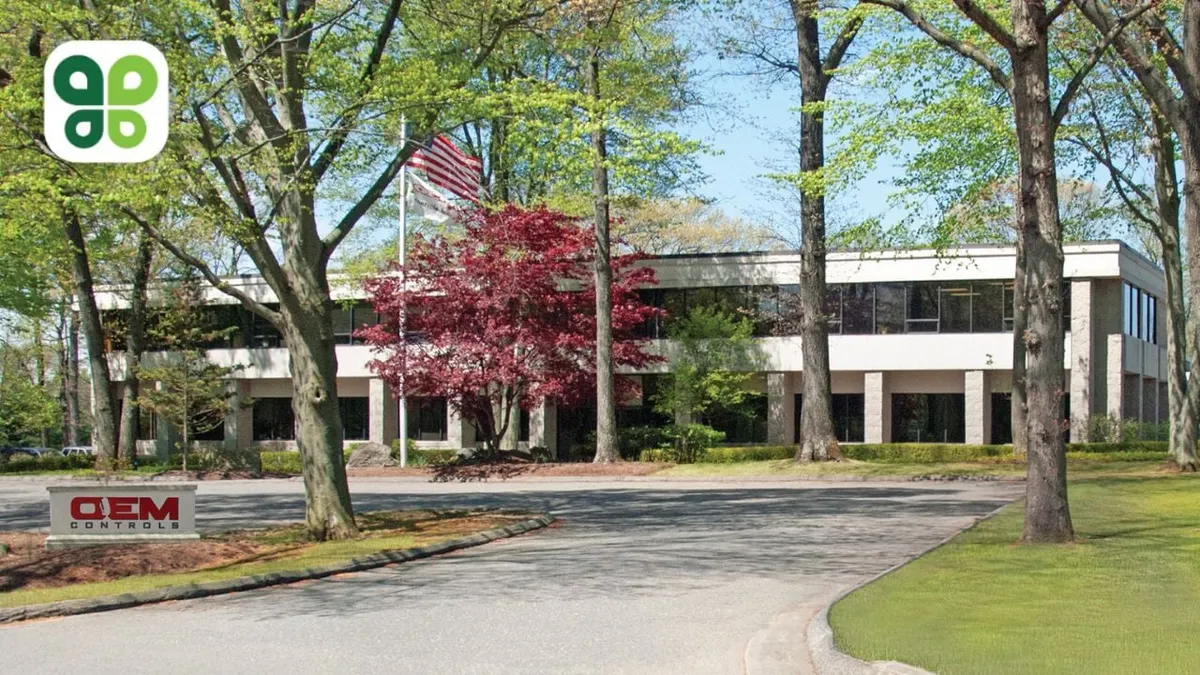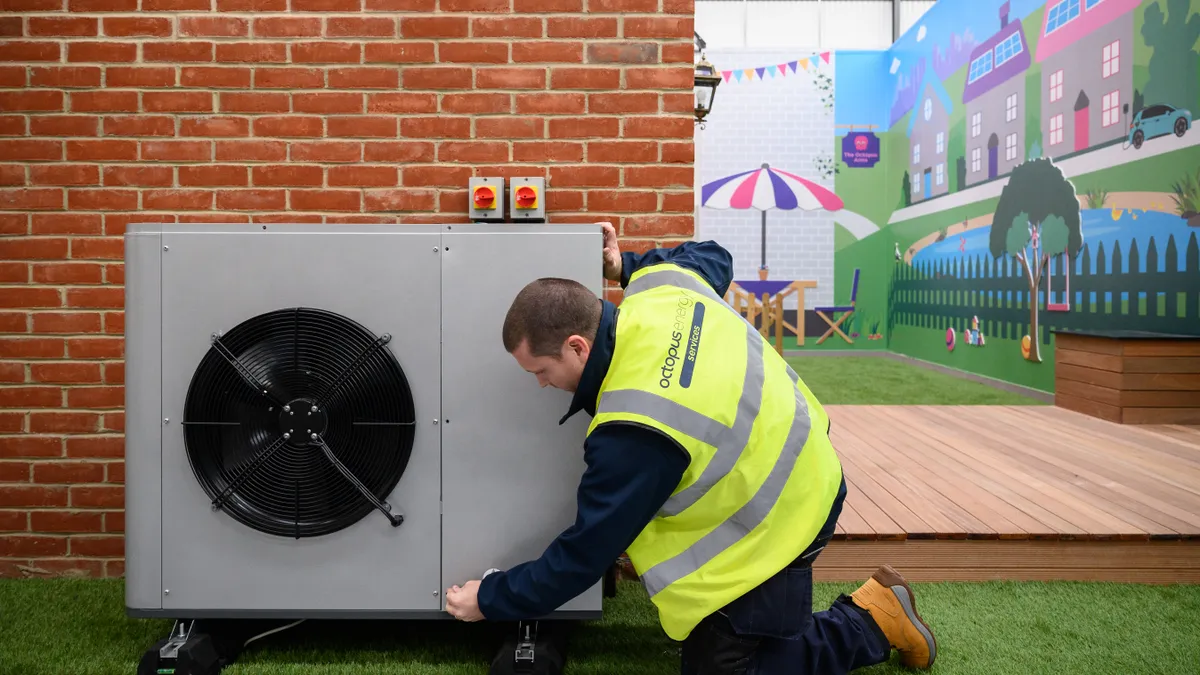Portfolio transformation
Much of Honeywell’s Q3 2025 earnings report and investor call focused on the corporate restructuring the company announced in February.
Honeywell plans to split into three companies by the middle of 2026.
First up is the spinoff of its Solstice Advanced Materials segment, which it expects to complete early next year. A spinoff of its Aerospace Technologies segment follows, leaving a “RemainCo” comprising three segments with built environment exposure — building automation, process automation and industrial automation, with six business units between them.
Each RemainCo segment “will be focused on cohesive business models and aligned to the company’s post-separation automation pure-play strategy,” the company said Thursday. It began an evaluation in July of two units that sit within the industrial automation segment: productivity solutions and services, and warehouse and workflow solutions.
Return to growth
Growth in its warehouse automation and sensing business lines helped Honeywell’s industrial automation segment return to growth — barely — this quarter.
Sensing was a standout, growing 6% year over year on strong demand from healthcare customers. Warehouse and workflow solutions grew 2%.
But process solutions sales were flat and productivity solutions and services fell 3%, dragging down growth across the segment.
Booked orders grew in warehouse automation and process solutions, but cost inflation crimped margins across the segment, Honeywell said. For full-year 2025, the company expects low single-digit losses in the segment amid weaker second-half demand for high-margin products and continued inflation, volume headwinds and unfavorable product mix. But an upside surprise is in the offing “if global market turmoil subsides,” the company said.
Honeywell chairman and CEO Vimal Kapur sounded optimistic about the segment’s long-term prospects.
“Industrial automation's portfolio of products and solutions businesses includes mission-critical offerings with proven reliability and tenured channel relationships, positioning us to benefit from ongoing global reshoring thematics,” he said Thursday on Honeywell’s Q3 2025 investor call.
Building automation
Honeywell’s building automation segment has been on the upswing since last year. Q3 2025 marked the fourth consecutive quarter of organic growth in the building products division, led by double-digit expansion in fire systems.
Across the segment, orders grew nearly 10%, driven by strong demand from data centers, healthcare and hospitality facilities. North America and the Middle East were the strongest geographies.
Building automation has had an eventful year. Earlier this month, Honeywell said it would collaborate with LS Electric to develop power management and distribution solutions for data center operators. In June, it unveiled an AI-powered building management system called Connected Solutions that it said would allow building operators to control their software, services and devices through a single interface — just two weeks before a cybersecurity firm uncovered serious vulnerabilities in the Niagara Framework, a separate building automation platform developed by a Honeywell subsidiary.
Sustainability headwinds
Honeywell paid $2.2 billion for heat pump manufacturer Sundyne earlier this year, significantly expanding its energy and sustainability solutions segment.
But the expanded segment was the company’s worst-performing in Q3 2025, notching a 2% organic sales decline due primarily to challenges in its Honeywell UOP unit, which saw a 13% fall in sales. Honeywell UOP supports decarbonization initiatives in a range of “hard-to-abate” industries, such as aviation and hydrogen production.
In contrast, the segment’s advanced materials unit grew sales 5%, propelled by strength in its refrigerant division. And UOP’s order book ticked up, suggesting the segment might see stronger quarters ahead.
“A difficult macro backdrop for energy has weighed on our near-term guidance, but the long-term outlook remains strong,” Mike Stepniak, senior vice president and chief financial officer, said on the call.

















